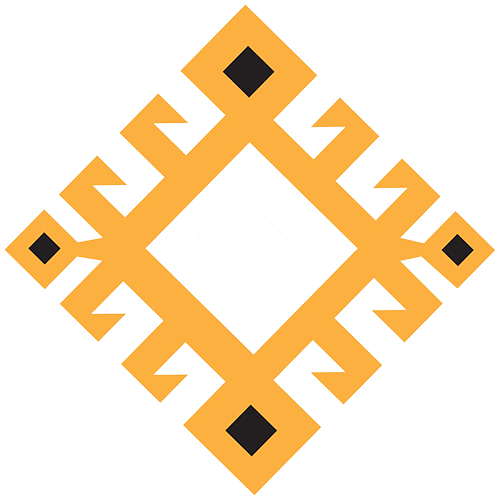“We are very different from each other. We want to reach out to the women one by one. KAHAD works more through projects. Their work focuses more on men, while we have a more holistic approach: we focus on state pressure (devlet baskısı) and the feudal structure (feodal yapı). After all, these are the source of the male culture (erkek kültürü) we have here. Therefore, we also think it’s necessary to educate the men. They work more on the legal front, while we want to change the mentality (zihniyet). We need social change.”
This is how Bêrîvan, a young women’s rights activist working at Van’s municipal women’s organization, explained to me how her own organization’s work differed from that of the Women’s Rights Association (Kadın Hakları Derneği, KAHAD),1 another women’s rights initiative in town. It was August 2011 and, having arrived in the town that was going to be my field site for the coming eighteen months, I had set out to survey the local women’s organizations. What I found were activists who seemed deeply invested in defending what separated rather than what united them.
After Amed/Diyarbakır, Wan/Van is often considered Turkey’s second Kurdish metropole. Located only about 100 kilometres from the Iranian border, Van is a bustling middle-sized town with a strong Kurdish identity. Its population grew rapidly as a result of forced village evacuations in the 1990s and early 2000s, and currently hovers at around 600,000. The settlement of Kurdish forced migrants has turned the town into a center of Kurdish politics and activism, and it boasts a whole range of civil society organizations. My research eventually came to focus on female singer-poets (dengbêjs) as a way of comprehending the gendered ways in which histories of political violence are voiced in Northern Kurdistan. Yet my broad interest in questions of gender and sexuality meant that throughout my time in the field I closely engaged with a variety of women’s organizations, not least because their work has had a tremendous influence on how women in the region think about and make use of their voices.
Reconsidering the conversation with Bêrîvan on this hot August day in retrospect, I believe that it illustrates the immense polarization that dominates politics and society in Northern Kurdistan as well as the discursive and social labor that is continuously invested in its reproduction. Bêrîvan’s comments worked to delineate a sharp boundary between her own organization and KAHAD as a constitutive other. In this way, her comments were both reflective and productive of a fault line that, I argue, fundamentally structures political, social, and personal life in contemporary Northern Kurdistan. This fault line simultaneously constitutes and separates two major political formations that claim hegemony in the region—namely the Kurdish movement, on the one hand, and the Turkish state, on the other—while rendering political and social activity on the margins of these formations highly precarious.
In this chapter, I want to reflect on how this dividing line shapes the texture of social life in Northern Kurdistan and on the kinds of challenges it poses for field researchers in the region as a result. My analysis draws on an anthropological approach to boundaries as socially constructed markers of division that are central for the making of identities and for the constitution of social and political communities (Barth 1969; Das and Poole 2004). Borders understood in this sense are not just negative elements of stoppage and inhibition that enforce a division between two self-contained entities, but quite to the contrary contribute to producing the very entities they purport to separate. As such, boundaries are a site of conflict and contestation: they are never entirely stable but subject to continuous renegotiation. Boundaries therefore need to be continuously performed and instantiated in order to be maintained. We might usefully think of such performance as a form of social labor whose effect is the production of those subjects and collectives that a particular border is taken to separate (Bartlett 2007).
Bêrîvan’s comments, I suggest, represent such a form of social labor. They establish a sense of political identity and belonging both for Bêrîvan herself and for her organization through distinction from others. As such, her comments are also expressions of loyalty to a particular political ideology and the institutions sustaining it. According to anthropologist Caroline Humphrey (2017), expressing loyalty entails giving priority to one type of attachment over possible others. In what follows, I explore some of the consequences of a social situation in which individuals are constantly expected to make explicit their loyalties and choose one object of allegiance over another. Researchers are not excluded from these demands and will likely sense the pulls of allegiance when they navigate their field. Paying attention to such patterns is therefore imperative as much for dealing with the practicalities of fieldwork as for grasping how political subjects are shaped in contexts of protracted conflict and enduring violence.

